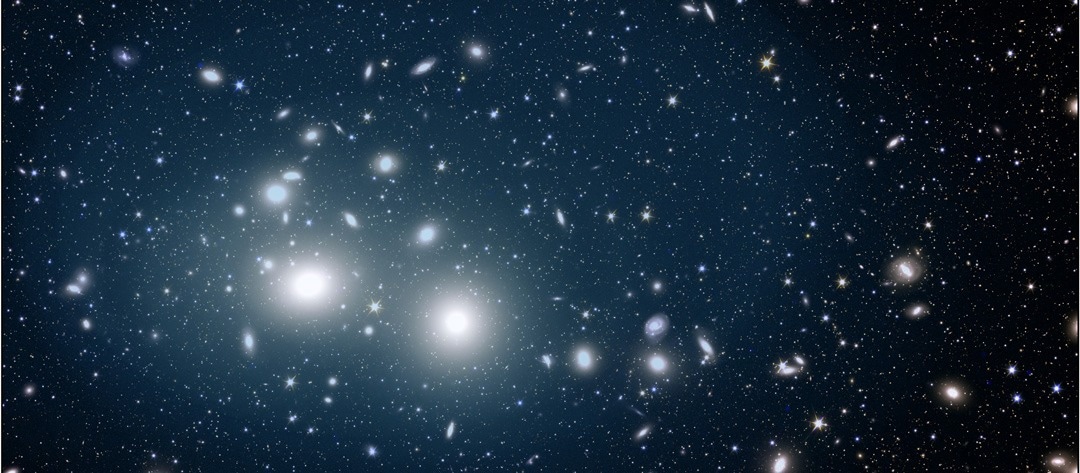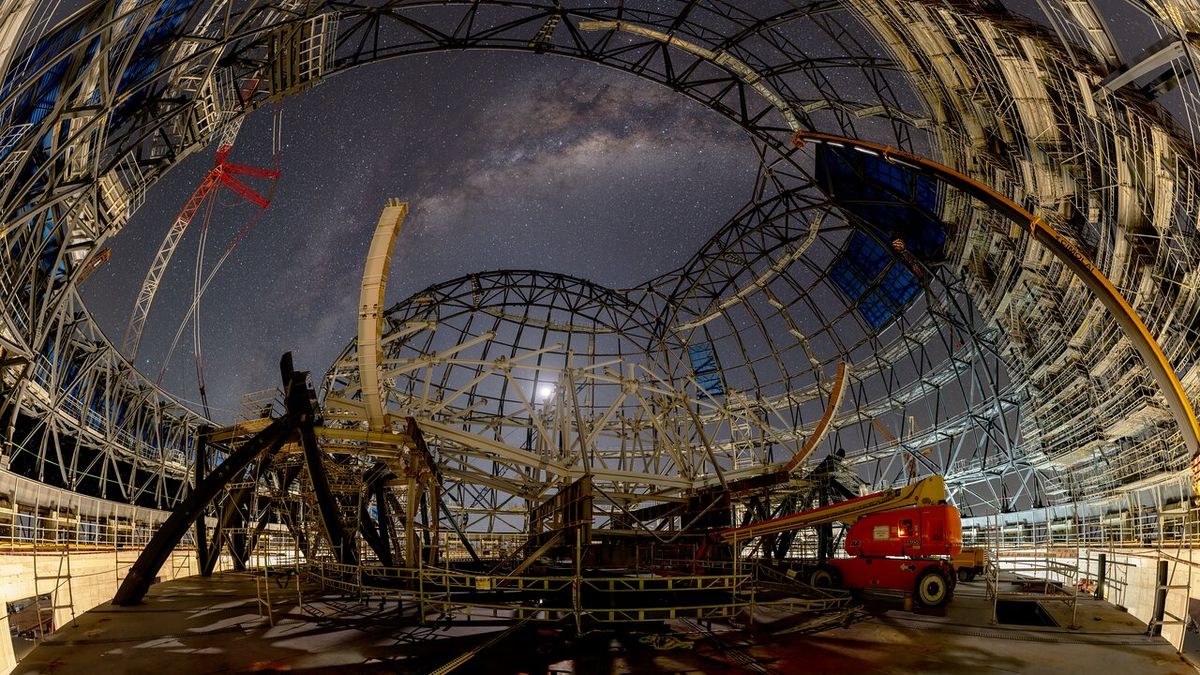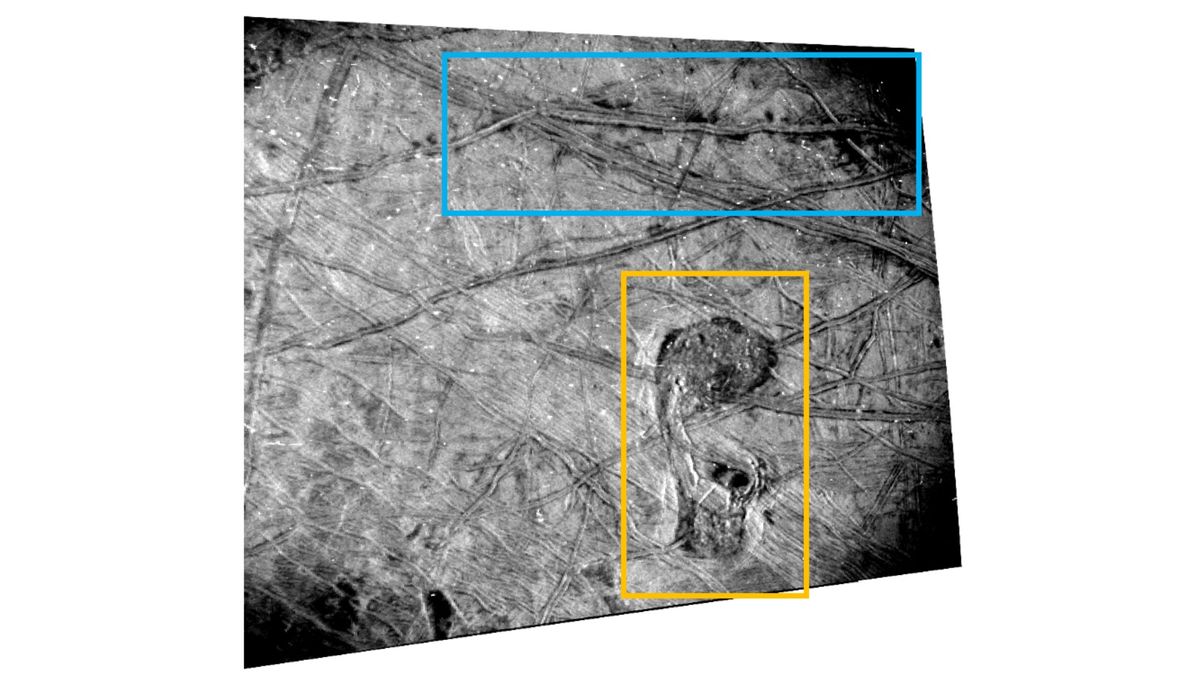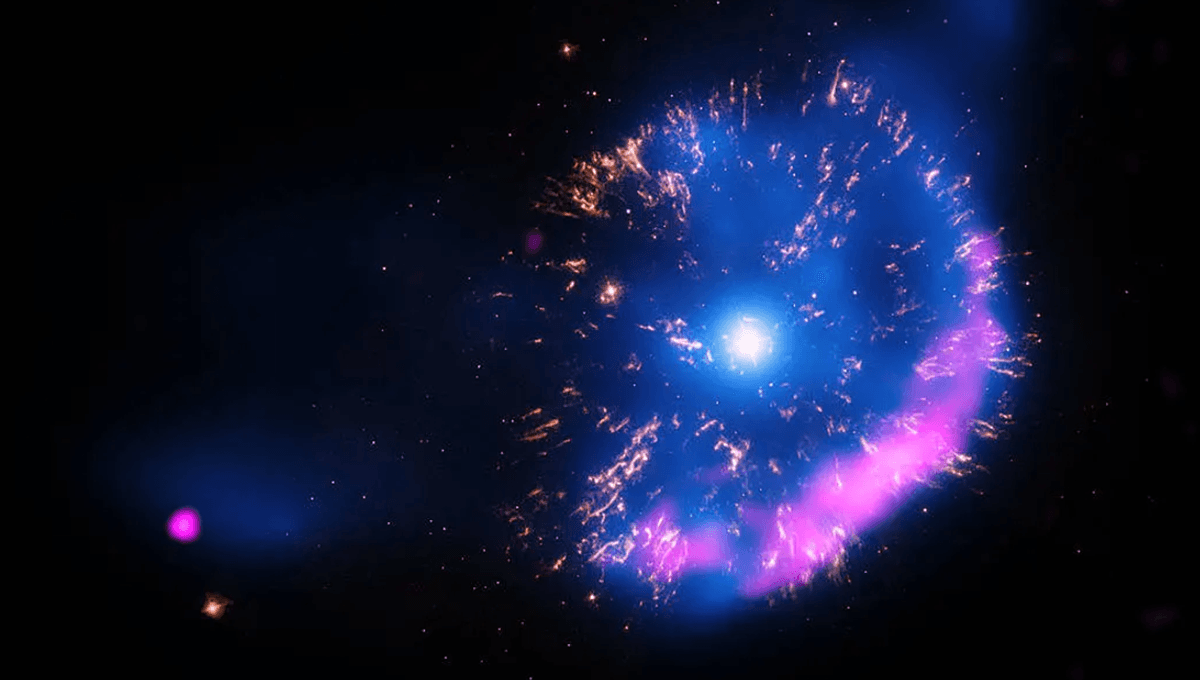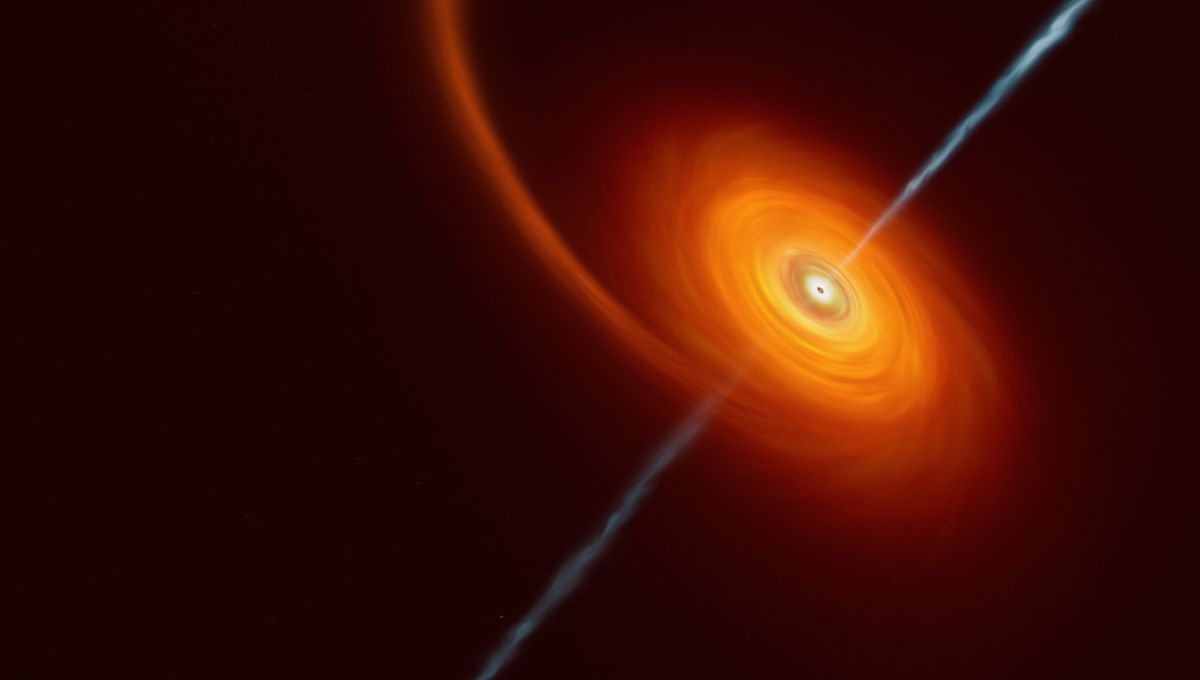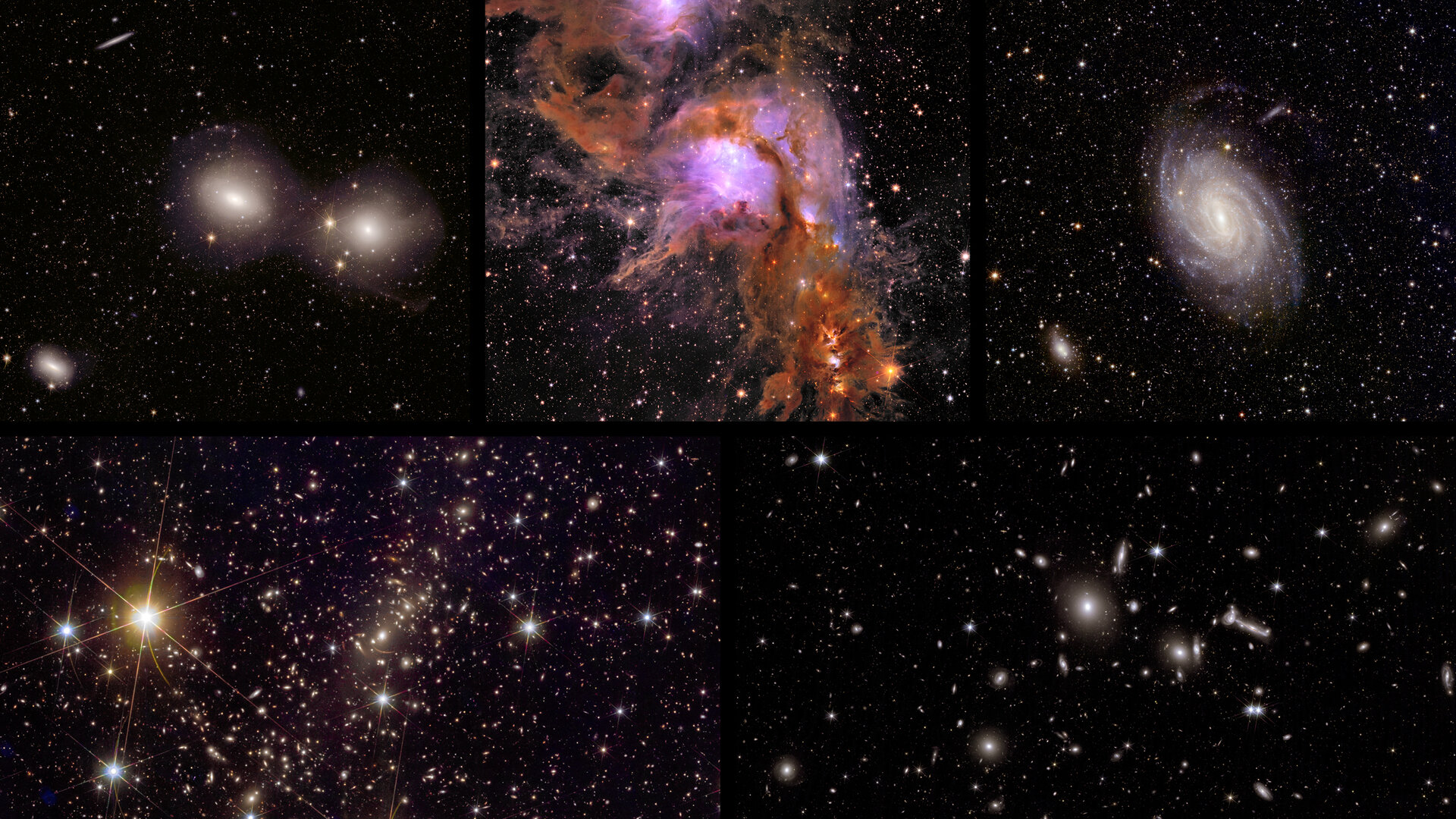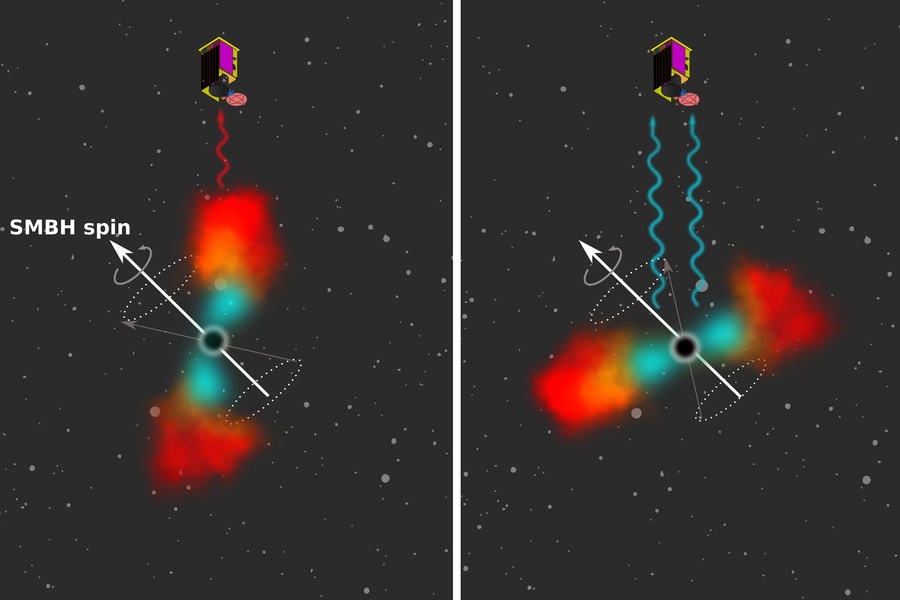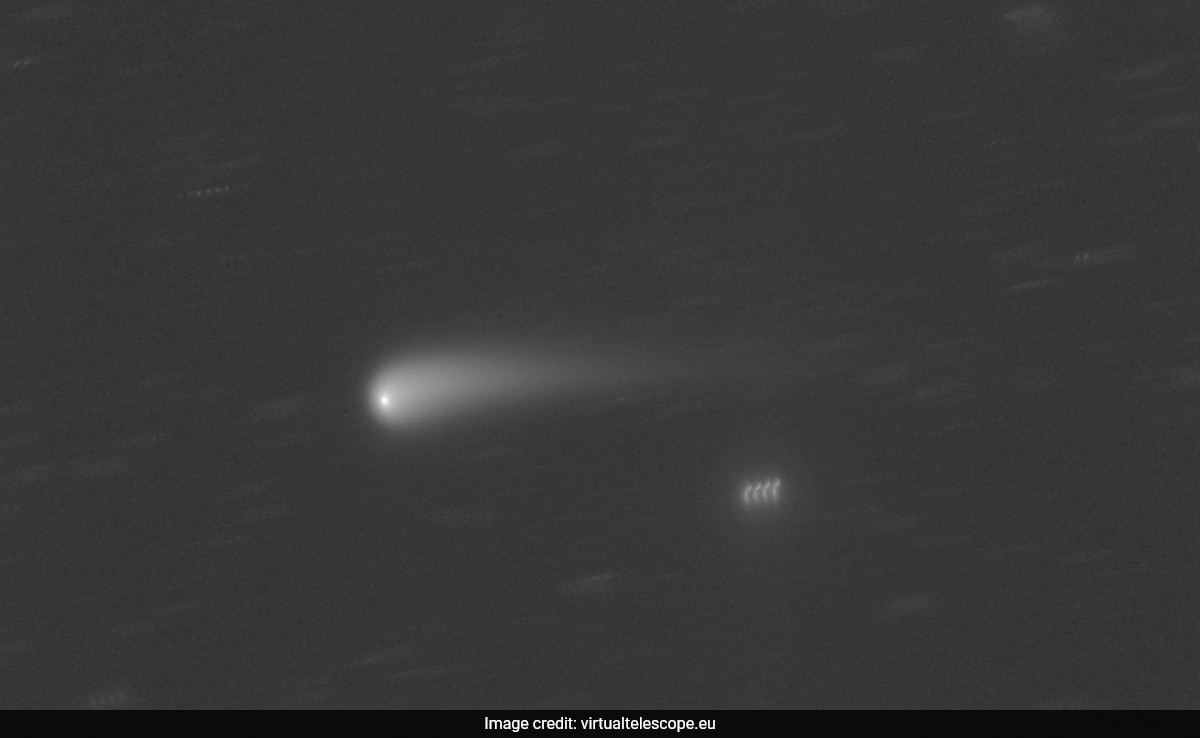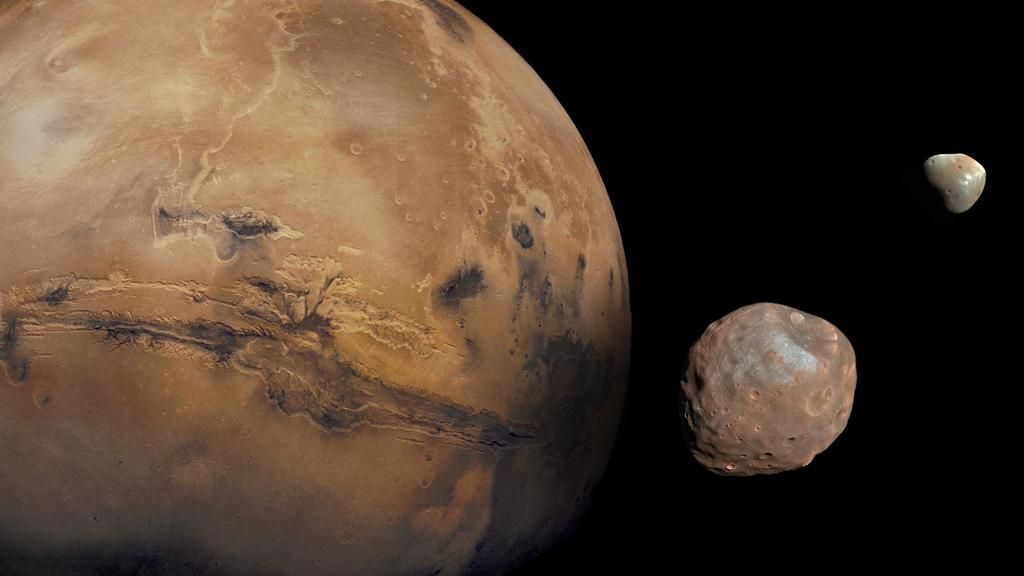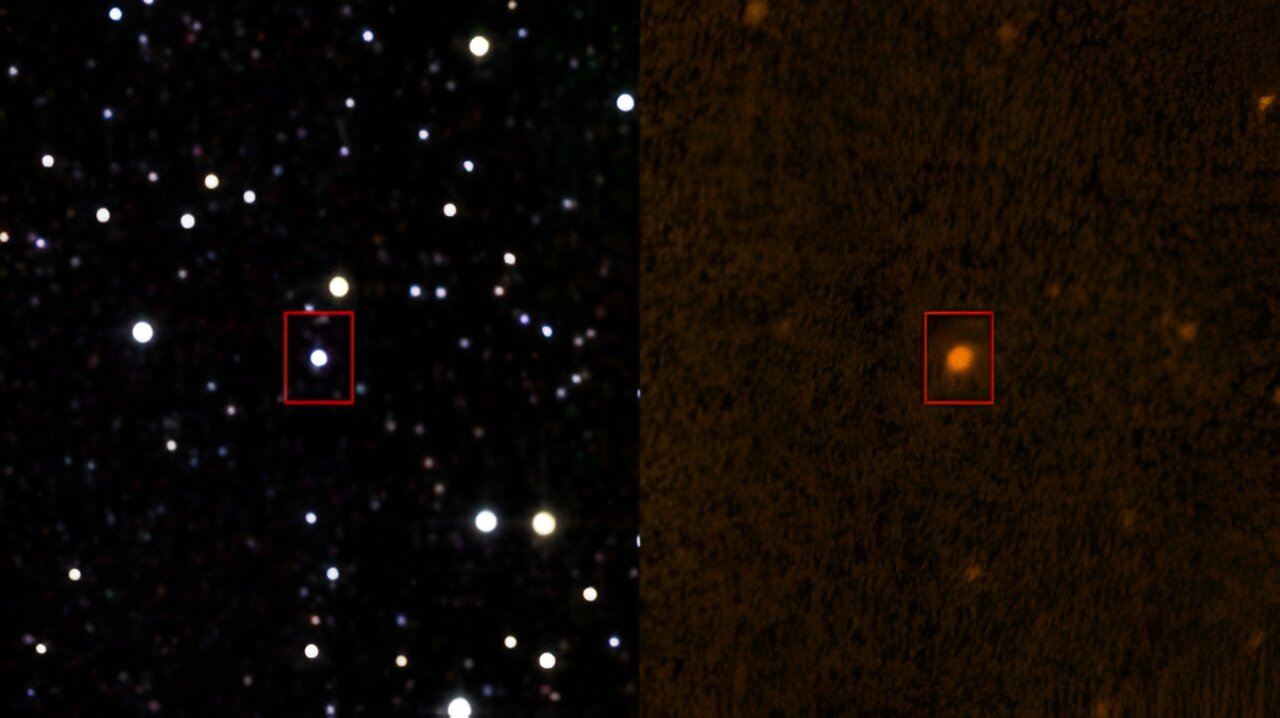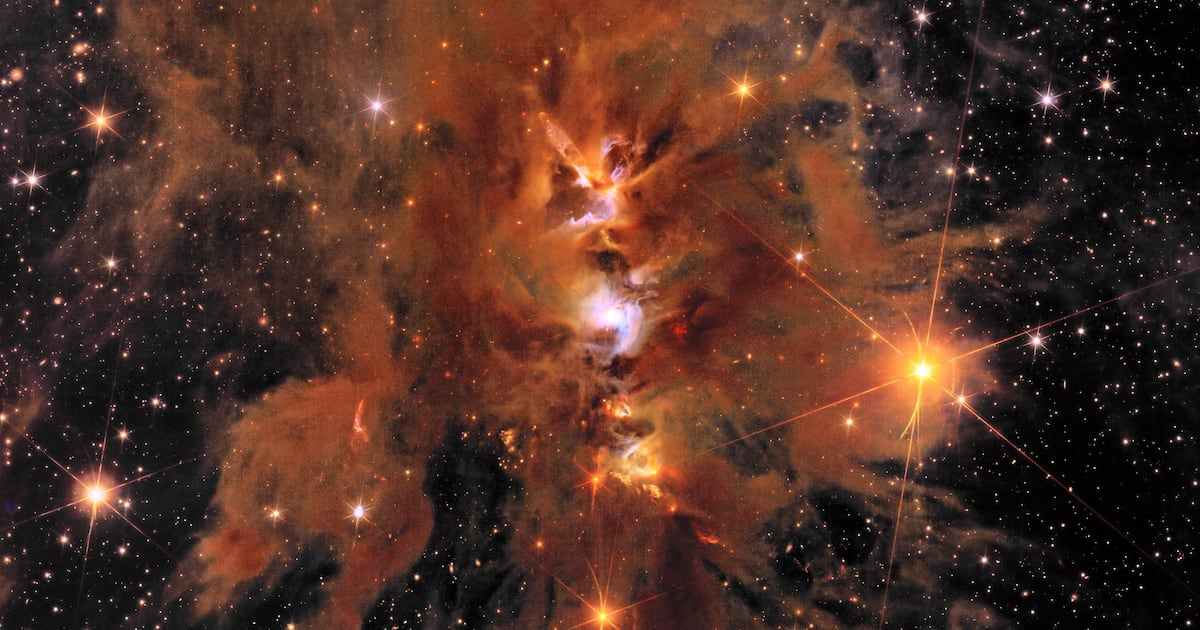Euclid’s Discovery Unveils a Universe of Orphan Stars
A groundbreaking discovery by astronomers at the University of Nottingham has shed light on the origins of orphan stars in the universe. The study, set to be published in Astronomy and Astrophysics, reveals fascinating insights into these celestial wanderers captured by the Euclid satellite.
The Euclid satellite’s first scientific images showcased the Perseus cluster of galaxies, home to over 1,500 billion orphan stars. These faint, ghostly lights drift between galaxies within the massive structure, located 240 million light-years away from Earth. The unique bluish color and grouped arrangement of the orphan stars suggest they were ripped from the edges of galaxies, possibly due to recent mergers within the cluster.
Through meticulous observations of the orphan stars’ colors, luminosity, and configurations, astronomers have deduced that these stars originated from small galaxies disrupted within the cluster. The discovery challenges existing theories on star formation and sheds light on the dynamics of massive galaxy clusters like Perseus.
Dr. Jesse Golden-Marx, a key figure in the study, remarked on the implications of their findings, suggesting that recent mergers within the Perseus cluster may have caused gravitational disturbances leading to the observed misalignment of the orphan stars. This research opens up new avenues for understanding the complex interactions within galaxy clusters and the influence of mergers on star formation processes.
The Euclid mission, spearheaded by the European Space Agency (ESA), aims to unlock the mysteries of the dark universe by mapping billions of galaxies across vast cosmic distances. With its unprecedented sensitivity and sharpness, Euclid offers a new perspective on the cosmic web of galaxies and the role of dark matter and dark energy in shaping the structure of the universe.
By combining cutting-edge technology with innovative research approaches, the Euclid mission continues to push the boundaries of our understanding of the cosmos, offering exciting revelations about the nature of orphan stars and their role in the cosmic tapestry of the universe.
Unveiling the Enigmatic World of Orphan Stars with Euclid
The recent discovery of over 1,500 billion orphan stars within the Perseus cluster of galaxies has sparked a new wave of excitement in the astronomical community. Captured by the Euclid satellite, these celestial wanderers offer a unique window into the dynamics of massive galaxy clusters and the intricate processes of star formation.
The bluish hue and distinctive grouping of the orphan stars suggest a turbulent history, possibly involving mergers and disruptions within the cluster. By studying the colors and configurations of these stars, astronomers have pieced together a complex narrative of galactic interactions and starry exodus within the Perseus cluster.
The presence of orphan stars outside traditional galaxy structures challenges conventional notions of star formation and highlights the dynamic nature of cosmic environments. These findings pave the way for new research avenues exploring the interplay between dark matter, galaxy mergers, and the formation of orphan stars in the universe.
Dr. Nina Hatch, the project lead at the University of Nottingham, emphasized the significance of this discovery in unraveling the mysteries of orphan stars and their origins. By combining observational data from Euclid with theoretical models of galaxy evolution, researchers hope to gain deeper insights into the cosmic ballet of stars and galaxies within the Perseus cluster.
As the Euclid mission continues to capture stunning images of the universe’s hidden realms, astronomers stand poised to unlock new secrets of the cosmos, revealing the intricate tapestry of orphan stars and their role in shaping the cosmic landscape.
Exploring the Cosmic Tapestry: Euclid’s Revelation of Orphan Stars
The Euclid satellite’s recent revelation of orphan stars within the Perseus cluster has ignited a fervor of scientific inquiry into the origins and dynamics of these celestial nomads. With over 1,500 billion orphan stars dispersed throughout the cluster, astronomers are presented with a tantalizing puzzle of galactic interactions and starry migrations.
The faint, ghostly light of the orphan stars offers a glimpse into the hidden corners of the universe, shedding light on the mechanisms that drive star formation and evolution within massive galaxy clusters. By mapping the colors, luminosity, and spatial distribution of these stars, scientists are unraveling the intricate web of cosmic forces that shape the structure of the Perseus cluster.
Dr. Jesse Golden-Marx’s observations on the misalignment of orphan stars within the cluster hint at recent mergers and gravitational disturbances that have reshaped the galactic landscape. This dynamic interplay between galaxies, dark matter, and orphan stars paints a rich tapestry of cosmic evolution, offering new perspectives on the complex processes that govern the universe’s vast expanses.
As the Euclid mission continues to push the boundaries of astronomical research, astronomers are poised to unlock the secrets of orphan stars and their role in shaping the cosmic narrative. Through innovative observations and theoretical modeling, researchers are piecing together the cosmic puzzle, revealing the intricate connections between galaxies, stars, and the dark universe beyond.
